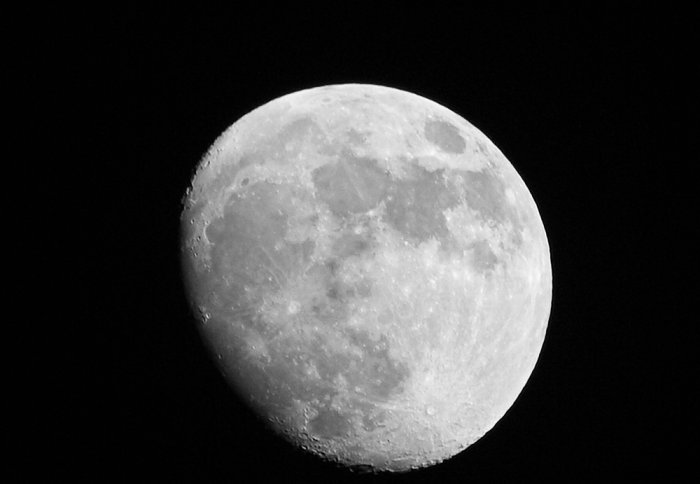
The Moon

Scientists studying how life evolved in our Solar system by looking at the chemistry of meteorites that have smashed into the surface of the Moon.
Understanding how life evolved in our Solar system by studying the chemistry of meteorites that have smashed into the Moon’s surface will be the focus of research, which begins this week.
Scientists from the Imperial College London, along with academics from Birkbeck College and University College London, aim to understand in more detail the organic chemistry inside rock fragments on the Moon, which are like a “lunar library” – an unspoilt source of geological information spanning billions of years. Organic chemistry is the chemistry of carbon and this is important because all known life is based on carbon chemistry. Understanding the chemistry of these rocks in more detail could help to explain how life was kick-started in the early Solar System.
In the long-term, the team hope their research could provide evidence to support future unmanned missions to the Moon to investigate meteorites in more detail. The two-year study could also provide further evidence of how meteorites may have transported important life giving organic chemistry between planets.

The Moon contains an early record of meteorites from the early Solar System
Professor Mark Sephton, from the Department of Earth Science and Engineering at Imperial, says: “Imagine that the Solar System is a boxing ring and the planets are the boxers. A blow to a fighter’s head can cause blood and saliva to spurt out in all directions. In a similar fashion, we think meteorites created massive blows on the surface of planets, ejecting rocks that spurted back out into space, eventually crashing into other planets and Moons and delivering organic ingredients that may have been taking part in the creation of life. By studying the Moon, which may contain an almost pristine record of the events, we hope to learn more about this process.”
Planets such as Earth and Venus are difficult for studying the early chemistry of the Solar System, say the researchers, because their active geology and atmospheres destroyed much of this history. Whereas the Moon, which has no geological activity, is a vast store of meteorites that remain untouched, collecting on the surface over billions of years. Collisions with other incoming meteorites mean that some of these rocks were ejected back into space and eventually crashing on Earth.
As missions to the Moon are expensive, the team aim to carry out their research closer to home, in the organic geochemistry lab in at the College’s South Kensington campus.
In the first phase of the project, the team will determine the types of rocks that would have been the most protective of organic chemistry as the meteorites were being subjected to the extreme temperatures and radiation in space and on the Moon. The researchers will place organic compounds in similar mineral mixtures as found on the Moon during the Apollo missions and subject them to similar conditions, exposing them to heat and radiation to see what types of moon rocks are the most protective.
In the next stage, the team will analyse meteorites from the Moon that have landed on Earth and subject them to the same laboratory experiments. The team will then compare the results from both experiments to determine what rocks on the Moon may be the most suitable for harbouring organic chemistry.
Ultimately, the team hope that their research will provide another piece of evidence that will help to build a case for one of the world’s major space agencies such as NASA or ESA to go back to the Moon to carry out a robotic expedition to study samples identified by the team that are likely to contain this organic chemistry.
Professor Sephton adds: “It is quite ironic that such a cold and lifeless world may contain valuable information that could help us understand how life took root in our Solar System. There is so much of the Moon and its contents that have yet to be explored and we hope that our work could provide further evidence that helps supports future robotic missions to our nearest neighbour.”
This research project is funded by the Leverhume Trust with a £123,053 grant.
Supporters

Article text (excluding photos or graphics) © Imperial College London.
Photos and graphics subject to third party copyright used with permission or © Imperial College London.
Reporter
Colin Smith
Communications and Public Affairs

Contact details
Email: press.office@imperial.ac.uk
Show all stories by this author


